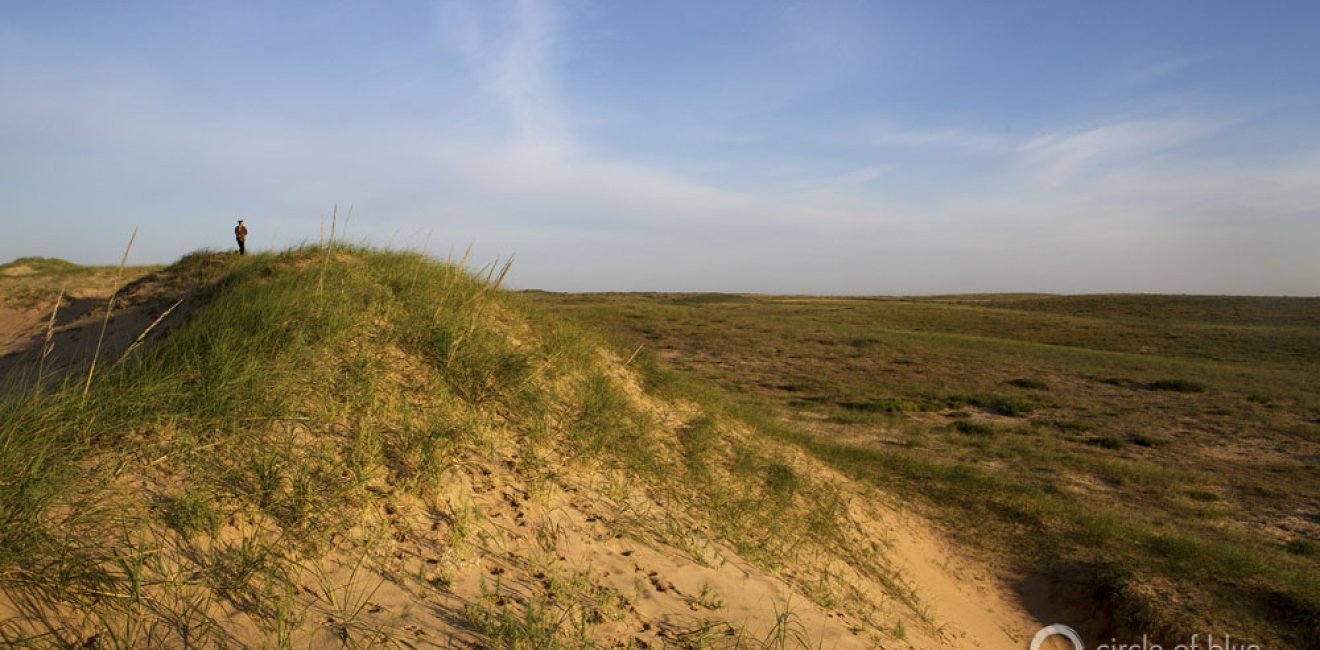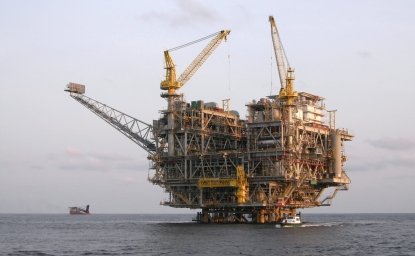YOU YI, Heilongjiang Province, China — Where the wide, muddy waters of the Songhua River flow north from Jiamusu to the Russian border, just 150 kilometers (90 miles) distant, the whole of China’s largest treeless prairie sweeps to the horizon. This expanse of fertile grasslands endures the dark fright of cold Siberian winters and the raging heated winds of Mongolian summers. At night, in the scattered villages, the sky fills with stars so thick and bright that walking along unlit streets is easy.
As late as the 1950s, the Chinese still aptly referred to this region as the Great Northern Wilderness. Virtually every hectare of arable land in other provinces was spoken for and cultivated more than a century ago, but Heilongjiang Province remained a place apart. Here, in China’s far northeast corner, the sun’s straight rays baked unplowed ground, never shaded by homes or villages. In the wildest reaches, eagles outnumbered people.
Heilongjiang (pronounced hay long gee-ang) is no longer that place. By the 1980s, as China’s population rushed past 1 billion, this expanse of virgin prairie — roughly the size of Syria — had been zipped open, plowed under, irrigated, and sown with seeds for rice and corn, soybeans and sugar beets. By the 1990s, Heilongjiang had climbed to the top of the list of China’s most important grain producers, filling rice bowls and satisfying the growing nation’s appetite for pork, chicken, and beef.
In the first decades of the 21st century, irrigation networks are steadily expanding to allow for more cultivation and higher production. Revenue from big grain harvests, and from coal and hard-rock mineral mining, power the construction of glass-and-steel towers that now define the skylines of Heilongjiang’s cities, particularly Harbin, the swarming capital of nearly 11 million residents. Freeways tie the province’s cities together. Airports, several designed by internationally acclaimed architects, and white-and-blue high-speed trains as clean as polished mirrors link Heilongjiang to the rest of the country. Even in the places still so distant that the rare expanses of prairie have not been broken, cell phone service is five bars strong.
Heilongjiang, in other words, is the expanding China that generates genuine enthusiasm among its own citizens and can intimidate foreigners who are not sure that their nations can compete. It is the China that invites the disdain of U.S. candidates during campaign season. But like an unstoppable wild fire, China also has become the world’s undeniable animating force in the international economy and the global environment.
China As World’s Animating Force
In effect, even as it grows bolder and wealthier, China also is producing extraordinary stress on its air quality, water supply, land, public health, as well as its long-term economic strength. But, unlike Las Vegas, we found that what happens in China with the soaring economic demand and deluge of wastes does not stay in China.
In 2010, the latest year for accurate figures, China accounted for 9.5 percent of global GDP. In order to fuel the economic engine — now the world’s second largest, behind the United States — China consumed 20 percent of the world’s energy, 51 percent of the iron ore, 47 percent of the steel, 54 percent of the cement, and 60 percent of global soybean exports.
The Earth groans in response. China is now the world’s largest source of carbon emissions, sulfur dioxide emissions, and marine coastal pollution. China’s surging demand for fossil fuels is raising global prices for oil, gas, and coal, which, in turn, is helping to finance new water-intensive oil drilling in the deep shales beneath the American Great Plains; land-damaging tar sands oil development in Canada; and water- and land-wasting coal mining and natural gas production in Australia. China’s treasury and state-owned food companies are investing in a global land rush, buying millions of hectares of temperate farmlands in Africa and South America. Its state-owned power and construction companies are building the biggest hydro-electric dams in the world.
The world is witnessing a run on resources that, arguably, is unmatched by any country, ever. And while China’s 12th and latest five-year plan focuses on water conservation and environmental protection as national priorities, the reality is that Chinese culture — which prizes privacy, rebels against specific directives, and is devoted to GDP growth — impedes the work to secure natural resources.
Though authorities in Heilongjiang and elsewhere in China told us that the central, provincial, and municipal governments have begun to address environmental safety in earnest — and to some extent they have — we also found that the result of China’s unquenchable thirst for growth is tantamount to a water-wasting, resource-depleting, pollution free-for-all.
Return To China
In May and June, Heilongjiang Province was on the itinerary of eight provinces across northern, central, and southwestern China that were visited by Circle of Blue researchers for our newest project, Choke Point: China II, a research and reporting initiative done in partnership with the Wilson Center’s China Environment Forum. Over the next several weeks, in infographics, photographs, and comprehensive articles, Circle of Blue describes the extraordinary measures that China is taking to shift the geography and production practices in its agriculture and energy sectors to provide adequate supplies of food, fossil fuels, and fresh water over the next decade. We also report on the troubling and globally significant results to water, land, and public safety.
From the nation’s largest state-owned farm in Heilongjiang to a tiny growing cooperative in Gansu Province to the villages near China’s first deep shale natural gas wells in Sichuan Province, Circle of Blue researchers interviewed growers and shopkeepers, scientists and engineers, business leaders and government officials. Just as in our original 2011 Choke Point: China report, Circle of Blue’s researchers set out to gain a keener understanding of just how robust and risky China’s development really is.
Read more...





